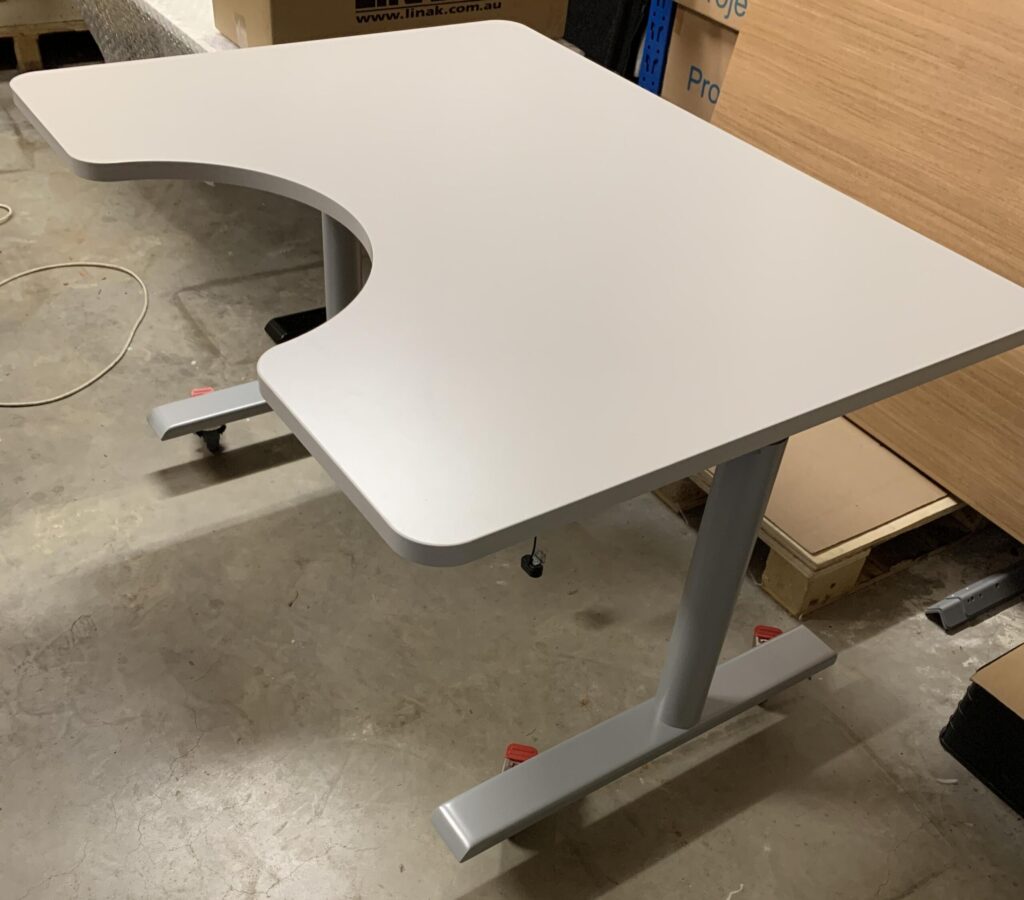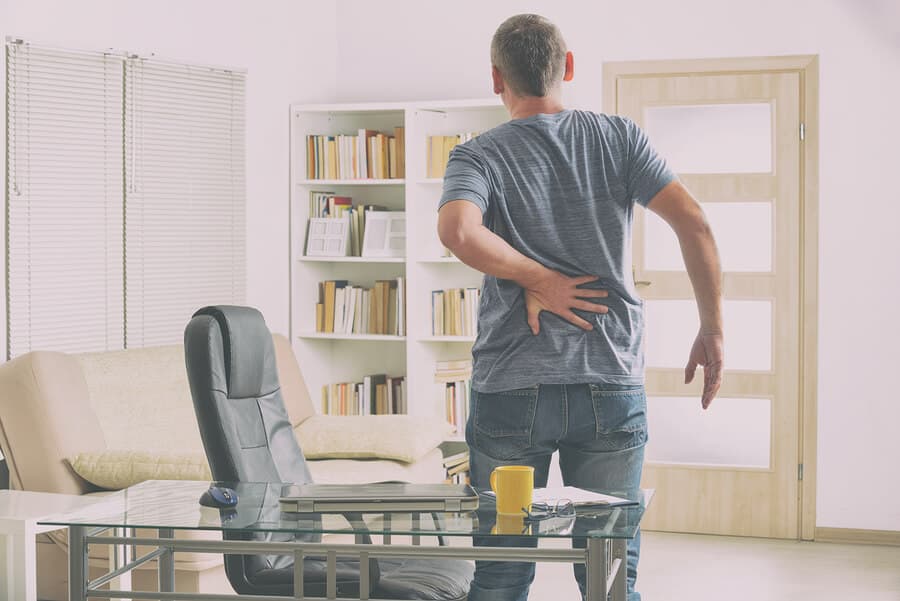
Australia’s Physical Activity and Sedentary Behaviour Guidelines
The Department of Health has released information on adults’ and children’s health with regards to keeping fit and moving often.
The guidelines, titled Australia’s Physical Activity and Sedentary Behaviour Guidelines, provide detailed information for all age groups, from children aged 0-5, to the elderly.
Here are the hard facts to take away from these guidelines
- Second only to smoking, inactivity is the biggest contributor to Australia’s cancer problem.
- Less sitting can reduce your risk of cardiovascular disease.
- Physical activity can help improve blood pressure, cholesterol and heart health.
- Nearly 70 per cent of Australians qualify as being “sedentary” or as having “low levels of physical activity”. That’s an astronomical figure!
It’s not just about exercise, though…
Here at Ergomotion, we’re passionate about the notion to Sit Less and Move More throughout the day. Exercise is one thing – and it’s GREAT – but even the most vigorous and disciplined exercise cannot offset the health effects that result from continuous hours of sedentary time.
The term “active couch potato” has been coined to describe those who do log the required minutes of exercise per week, but aren’t reaping the health benefits because of what we are (or rather aren’t!) doing between 9am and 5pm: moving!
It’s about breaking up those long periods of sitting at our office desks, in the car to and from work, and in front of the TV.
-
Kids aged 5-12 years & teenagers aged 13-17:

Electronic devices are probably the most determining contributor to sedentary sitting for children and teenagers. It may sound near impossible, but try limiting the amount of time your children spend on their smartphones or computers.
Even cutting back by half an hour a day presents a perfect time frame to get up, go outside, and move around (and have fun!), contributing to your daily log of moderate and vigorous activity.
Start your kids on the right foot from an early age with regular bursts of activity throughout the day!
Adults aged 18-64 years
Moderate and vigorous exercise, combined with strength training, will help to manage good, strong posture, mobility, and balance.
Build moving into your day: park your car further away from your office building, take the stairs instead of the lift, and get up and out of your chair at lunch. Enjoy a quick ten minute walk around the block!
Older Australians: aged 65 years and over

- It’s important to factor in all exercise types. The guides recommend exercises and activities that incorporate fitness, strength, flexibility, and balance. Start slow, and don’t push yourself if you feel pain.Swimming or water aerobics, walking, gentle weights, and dancing are all examples of activities you can do at your own pace. Get together with a friend and make it a priority to walk several times a week. This will help you to stay committed and motivated. Don’t forget, only do what you feel capable of doing, and make sure you drink plenty of water.
Sedentary Behaviour Guidelines: Get Moving!
- The main takeaway here is to acknowledge all the times during the day where it’s easy to plonk ourselves down at a desk or in front of the TV, and from this, determine opportunities to break up sitting times by moving often:• Get up and walk around the house or up and down the stairs three times during television commercials• Limit the use of electronic devices (you can do it!)•
As soon as you get home from work, put on your runners and go for a brisk walk (if you wait any longer, you’ll slip into relaxation-mode!)






